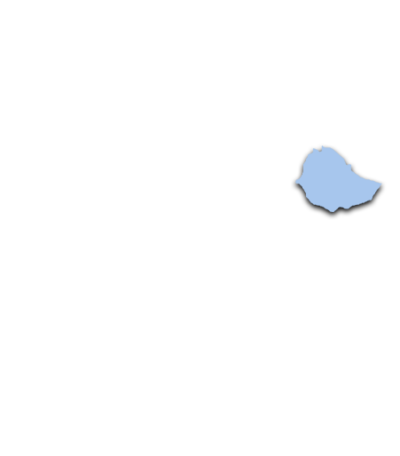ETHIOPIA

Nearly 60 percent of Ethiopia’s population lives in areas at risk of malaria. Routine surveillance data from the last decade have noted declines in malaria outpatient morbidity and inpatient mortality trends. Prompt access to malaria case management, including laboratory-based diagnosis in remote rural areas, has improved dramatically over the last decade together with surveillance systems that capture malaria morbidity and mortality. Recently, many densely populated highland areas, including the city of Addis Ababa, were classified as malaria-free. PMI provides technical expertise and resources to support the Ethiopian Ministry of Health’s National Malaria Control Program in achieving malaria prevention, control and elimination nationwide.
Country Fact Sheet
ETHIOPIA MALARIA OPERATIONAL PLANS (MOPs)
The Malaria Operational Plans below are detailed 1-year implementation plans for PMI partner countries. Each plan reviews the current status of malaria control and prevention policies and interventions, identifies challenges and unmet needs to achieve PMI goals, and provides a description of planned PMI-funded activities. Each Malaria Operational Plan has been endorsed by the U.S. Global Malaria Coordinator and reflects collaborative discussions with the national malaria control programs and partners in country. Changes to these plans are reflected in revised postings.
Page 1 of 1
Page 1 of 1
STORIES
VIDEO: Addressing the threat of Anopheles stephensi
See how PMI is working with countries to develop effective ways to detect, monitor, and control the spread of this invasive malaria mosquito in Africa.
An Invasive Mosquito Threatens the Progress to End Malaria in Africa
PMI is helping to lead the response in Ethiopia against Anopheles stephensi
Between Two Baobab Trees: A new podcast on climate and health
Episode three focuses on malaria early response and warning systems


